



Low Strain Pile Integrity Tester
- FOB Price:
- Negotiable | Get Latest Price
- Order Quantity:
- 1 Set / Sets
- Supply Ability:
- 1000 Set / Sets per Month
- Port:
- shanghai
- Payment Terms:
- T/T L/C D/P D/A Credit Card PayPal Cash Escrow Other
- Delivery Detail:
- 5 days
-
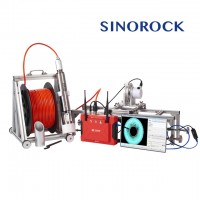
RSM-DCT (D) HD digital camera Borehole T
Inquiry -
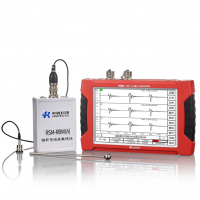
RSM-RBT (A) anchor nondestructive testin
Inquiry -
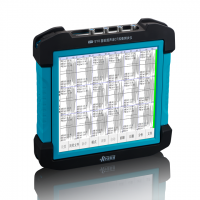
RSM-SY8 Ultra Sonic Pile Integrity CT Im
Inquiry -
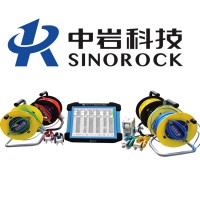
RSM-SY7 Ultra Sonic Pile Integrity Teste
Inquiry -
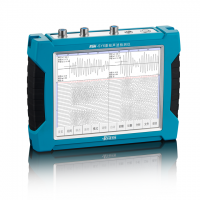
RSM-SY6 Ultra Sonic Pile Integrity Teste
Inquiry -
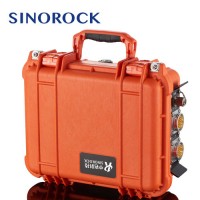
RSM-SWS Surface Wave Tester
Inquiry -
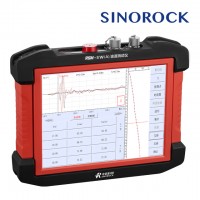
RSM-SW Shear Wave Tester
Inquiry -
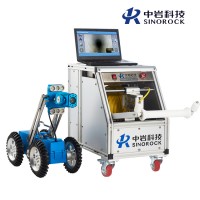
RSM-RV800 Pipe Crawler
Inquiry
Ø Low strain pile integrity testing by reflected wave method
Applicable standards
Ø Standard Test Method for Low Strain Impact Integrity Testing of Deep Foundations ASTM D5882-07
Ø Technical Code for Detection of Building Foundation Pile JGJ 106-2014
Ø Dynamic Testing Technology Regulations on Highway Engineering Foundation Pile JTG/T F81-01-2004
Ø Nondestructive Detection Code for Railway Engineering Foundation Pile TB 10218-2008
Ø Technical Code for Detection of Building Foundation JGJ 340-2015
Principle
The test is based on wave propagation theory. The name "low strain pile integrity test"
stems from the fact that when a light impact is applied to a pile it produces a low strain.
The impact generates a stress wave that travels down the pile. When the downward
stress wave encounters a change in cross section or in concrete quality, it generates
reflected wave that is later observed at the pile top. By analyzing the propagation time,
amplitude and phase of that reflected wave, it has evaluation of pile integrity ultimately.
Technical Features
1. Removable lithium battery
Service life is ≥10h, desktop charger is supported and spare battery can be provided to ensure that the field work will not be interrupted.
2. Instantaneous floating point amplification technology
Compatible with the distortionless acquisition of strong and weak signals.
3. Shallow defect location correction
The three-dimensional correction function for shallow defect is owned and the defect can be located accurately.
4. Field analysis
Filtering, index amplification, defect locating and other analysis functions can be conducted in the field.
5. Sensor compatibility
Piezoelectric sensor and speed sensor are compatible.
Software Feature
1. Average superposition analysis of multi-channel collected signal is supported;
2. Amplification, translation, rotation, filtering, index amplification and other processing can be carried out for wave signals;
3. Multiple report output styles can be selected and the report output style can also be customized;
4. Automatic generation function of engineering detection information is owned;
5. Analysis operation can be processed in batch to save the analysis operation workload of the same type of pile;
6. Bilingual operation both in Chinese and English is supported and the output format meets a variety of international codes;
7. Vector diagram output, print output, Word file output and other output modes are supported;
8. The frequency domain analysis function is owned to calculate the whole pile frequency and defect frequency conveniently and quickly.
Specification
|
Model |
RSM-PRT(N) |
|
Display method |
6.4-inch true-color LCD screen Resolution: 640×480 (adjustable backlight) |
|
Storage capacity |
16G electronic hard disk |
|
Signal acquisition method |
Wired |
|
Master control system |
Low power embedded system Basic frequency≥1GHz Memory: 512M |
|
Sampling interval |
5?1000μs |
|
Floating point magnification |
1?256 |
|
Recording length |
1k |
|
A/D conversion accuracy |
24-bit instantaneous floating point |
|
System noise voltage |
?20μV |
|
Dynamic range |
≥100dB |
|
Data export method |
USB |
|
Frequency bandwidth |
2?12000Hz |
|
Sensor bandwidth |
0.5?9000Hz |
|
Power supply mode |
Removable lithium battery; desktop charger is supported Service life≥10h |
|
Operation mode |
Touch screen |
|
Number of channels |
1 |
|
Sensor |
Piezoelectric accelerometer and speedometer |
|
Trigger level |
Seven-level selectable |
|
Operating temperature |
-20?+55? |
|
Shell |
High-strength engineering plastics |
|
Dimensions |
220×160×56mm |
|
Weight |
1.3kg (including lithium battery) |
Standard Configuration
|
No. |
Name |
Quantity |
Remarks |
|
1 |
Host |
1 |
|
|
2 |
Acceleration sensor |
1 |
Including 5m cable |
|
3 |
Velocity sensor |
1 |
Including 5m cable |
|
4 |
Combined hammer |
1 |
1.5Kg (3.3 lb) Including one copper head and two rubber head |
|
5 |
Power adapter |
1 |
|
|
6 |
U disk |
1 |
|
|
7 |
Stylus pen |
1 |
|
|
8 |
Instrument container |
1 |
|
|
9 |
Carry case |
1 |
|
-

Stripped Soft Goose Fe
$3.00 -
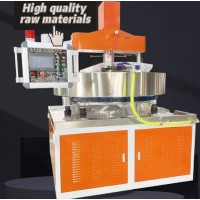
plastic ball grinding
$30000.00 -
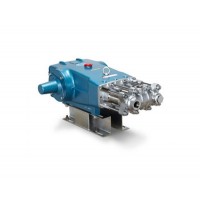
CAT piston pump 281
$4000.00 -
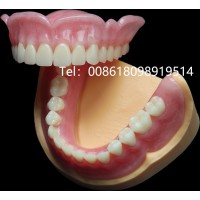
Droichead Zirconia Plu
$10.00 -
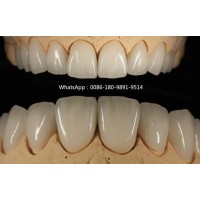
E.max crown, Veneer, I
Inquiry -
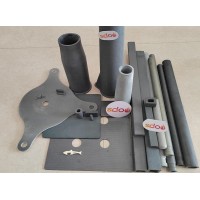
ReSiC Beams/plates/bur
$16.00 -
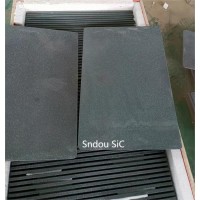
RSiC Slabs Boards Tile
$15.00 -
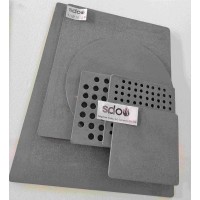
RSiC Batts as Kiln she
$15.00 -
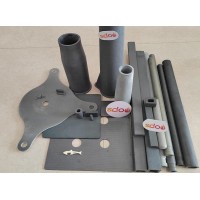
RSiC Tube by recrystal
$10.00 -
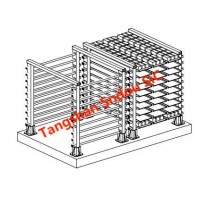
RSiC Kiln Furniture (B
$16.00 -
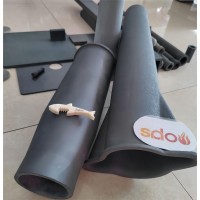
RSiC Burner Nozzle Fla
$18.00 -
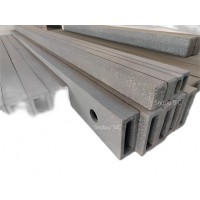
RSiC Beam Support Pill
$16.00 -
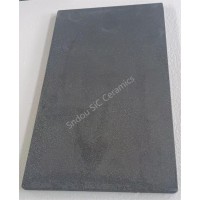
RSiC plate Slab Board
$15.00 -

NSiC Tube Pipes by Nit
Inquiry -
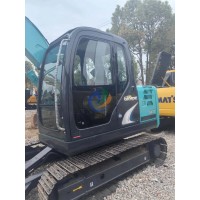
used excavator hudraul
$16600.00 -
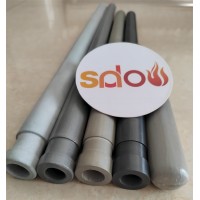
NSiC Thermocouple Prot
Inquiry -

Stalk Riser Tube for L
Inquiry -
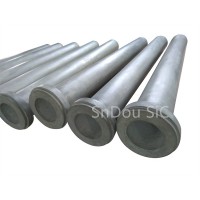
NSiC Ceramic Heater Pr
Inquiry -

RSiC NSiC Ceramic Kiln
Inquiry -
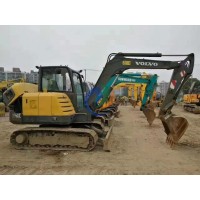
used excavator hudraul
$11500.00
- brand:
- RSM
- Set up shop
- Authorized by Manufacturers & Suppliers online marketplace B2B platform GongWong.com, can provide agency service
- Service Introduction
- Authorized product, Internet cloud promotion service integrating certification promotion and procurement inquiry
- Intelligent website construction
- PC terminal + mobile terminal, create a cost-effective corporate website!